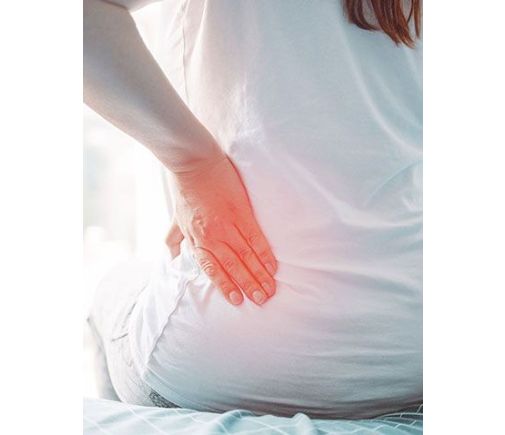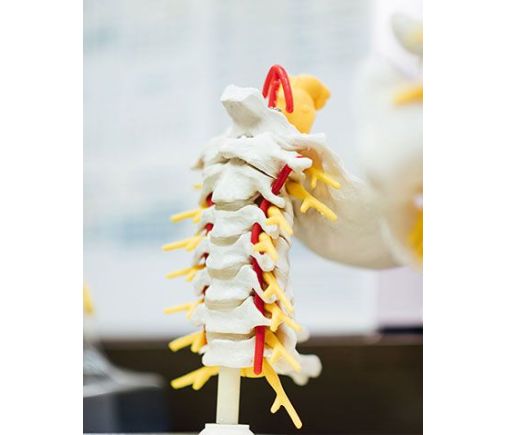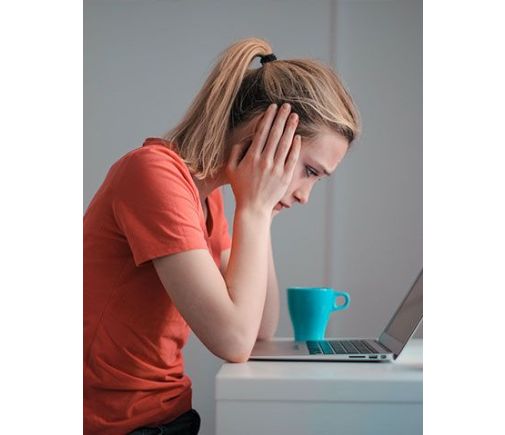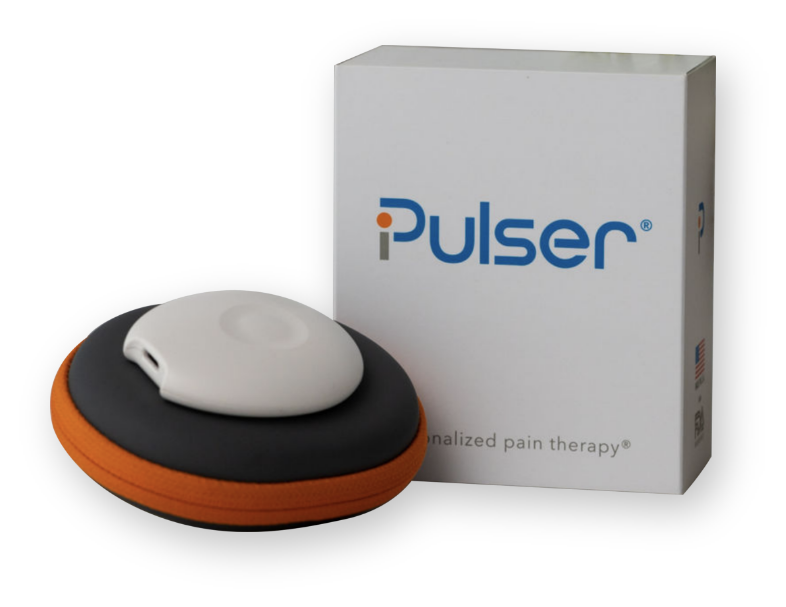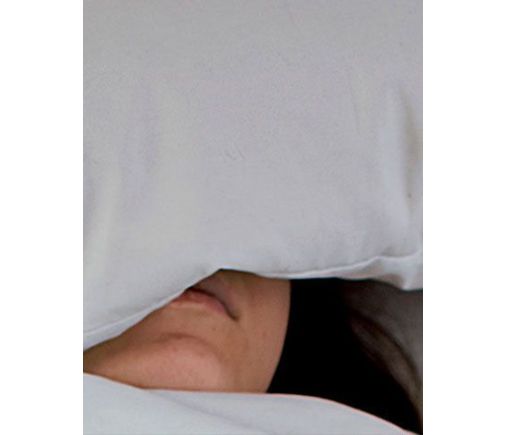If you are currently experiencing lower back pain you know it can come on quite suddenly at times. Lower back pain usually involves the vertebrae L1-L5, the part that curves inward at the base of the spine. Besides injury, lower back pain usually is the result of poor posture or sitting too often. Most adults have experienced back pain at one point or another. Whether the pain is sharp or a dull ache it has potential to lead to serious injury.
Why is Lower Back Pain Worse When Sitting?
Not all back pain is the same. The pain may be the result of sciatica nerve inflammation, herniated disc, degenerative disc disease, lousy posture, muscle strain, or other medical conditions. Sitting for too long can make lower back pain worse due to your incorrect posture. Slouching forward too much or leaning too far back can cause problems and pain as well.
Can Lower Back Pain Come From Sitting Too Long?
The longer you sit, the more you slouch and slack on your posture. So, yes, it is possible to get lower back pain from sitting. Many people sit slouched on their tailbone like when seated on a sofa or recliner. This can cause problems overtime with surrounding ligaments and develop a weak core muscle. Sitting too much also causes the hamstring muscles and hip flexors to shorten which puts extra strain on your lower back.
You may want to consider sitting with your hips and knees at about a 90 degree angle. Feet flat on the floor and add a stool or book if you need to help create that 90 degree positioning. If your chair does not have lumbar support you can create your own with a lumbar pad or pillow. Lumbar support helps you achieve neutral positioning. Your elbow should also rest in a neutral position close to 90 degrees. Your neck posture may contribute to your lower back discomfort. Whatever you are viewing should meet a neutral gaze at eye level. Being on your phone, computer, laptop, or tablet for extended periods of time creates poor posture habits and strains your muscles. Proper sitting posture combined with intermittent stretch breaks will help you become more mindful of your seated posture.
How Do You Know When Back Pain Is Serious?
You have felt the low, dull aches and the sharp pains in your back, but does that mean you need to rush off to the doctor right away? Often lower back pain will improve over time, but there are times it is serious.
Most back pain is considered acute back pain, meaning it lasts less than six weeks and is not severe or a long-term issue. Another type of back pain is chronic pain; this lasts longer than six weeks and could come and go. If you have experienced either type of back pain for longer than two weeks, you should seek medical care.
More reasons to seek medical care immediately can include trouble walking, feelings of numbness in hands or feet, or weakness, as these could be signs of a more severe condition.
How Do You Relieve Lower Back Pain?
Many at-home remedies could help with your lower back pain. Most people try at-home remedies before seeking help from a professional. You can try exercising to get your muscles moving and loosen stiff areas. Exercise can include yoga, going for a walk, or even swimming. You can also try stretching in increments of 30 seconds.
Another way to deal with lower back pain is the use of heat and ice packs. An ice pack tightly wrapped in a towel can help reduce inflammation, while heat can relieve stiff and achy muscles. You can try alternating between the two to see what gives you more comfort.
If you are experiencing lower back pain from sitting, try correcting your posture when you sit for long periods and taking stretch breaks as needed.
Lastly, make sure you are getting the recommended 7-9 hours of sleep each night. Lack of sleep can increase tenseness throughout your body. Your body also uses that time of rest to heal and restore so not sleeping will interrupt this cycle greatly. If you are still having trouble with your pain after trying some at-home remedies, you may want to see a doctor before the problem worsens.
Is Walking Good For Lower Back Pain?
Exercise is good when you are having trouble with back pain. Walking can help stretch the muscles that have gotten stiff. It can also help you produce endorphins which are the brain's natural painkillers. A short walk of about 5 to 10 minutes is great when you are first starting, then gradually increase how long you can walk. If regular walking is difficult, you can try a treadmill, an elliptical, or walking in a shallow pool.
Is It Best To Rest Or Move With Back Pain?
With acute back pain it is beneficial to initially rest and see if you can get the pain to subside. Sitting back or lying down with pillows supported in between your knees on your side or under your knees while lying flat may help. Some use heat and ice while resting and may additionally take an anti-inflammatory pain reliever like Ibuprofen.
A huge misconception when it comes to chronic or recurring back pain is that you should do nothing but rest. Most doctors and physical therapists will try to encourage you to move around as much as you can tolerate. This helps in keeping your muscles from getting tighter and stiffening up which can lead to more pain. Walking and incorporating light exercises while avoiding any heavy lifting or twisting will help with pain.
What Is The Most Common Cause Of Lower Back Pain?
When it comes to lower back pain, the most common causes are mechanical and soft tissue injuries. This can include injuries to discs, compression of the nerve roots, and improper movement of the spinal joints. However, the most significant cause of lower back pain is a torn or pulled muscle or ligament. Any of these injuries can happen suddenly or develop over time.
Some common ways to hurt your back include:
- Lifting a heavy object
- Sudden movements
- Poor posture over time
- Sport injuries
- Trauma
- Automobile accident
Lower back pain is common in most adults and if left unaddressed may unfortunately become worse with time. Most lower back pain is acute and goes away on its own. If this frustrating pain lasts longer than 12 weeks you could be experiencing a chronic condition requiring more than just rest. It’s important to make posture corrections, incorporate mild exercise, and resist the urge to rest for long periods of time. Movement has shown to improve blood flow and healing to injured areas of the body. Incorporating different types of movement will help reduce your symptoms overtime.
Resources:
https://www.spine-health.com/conditions/lower-back-pain/lower-back-pain-symptoms
https://www.ten.co.uk/superman-can-help-banish-back-pain
https://www.healthpartners.com/blog/how-to-tell-if-back-pain-is-serious/
https://www.medicalnewstoday.com/articles/322582
https://www.ninds.nih.gov/disorders/patient-caregiver-education/fact-sheets/low-back-pain-fact-sheet
https://www.spine-health.com/wellness/exercise/exercise-walking-better-back-health
https://medlineplus.gov/ency/article/002119.htm
https://www.spine-health.com/conditions/lower-back-pain/causes-lower-back-pain


